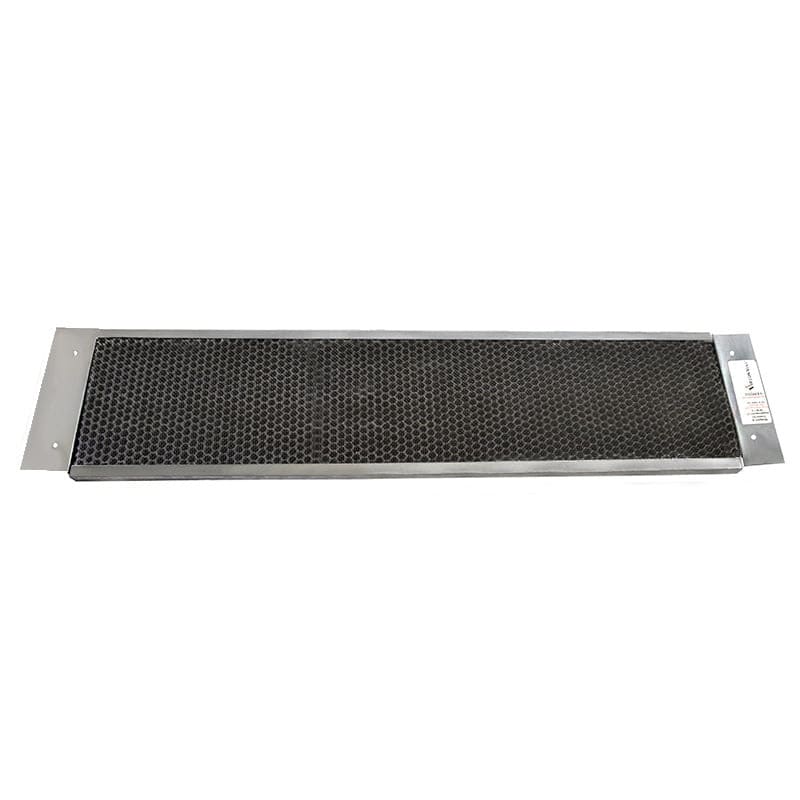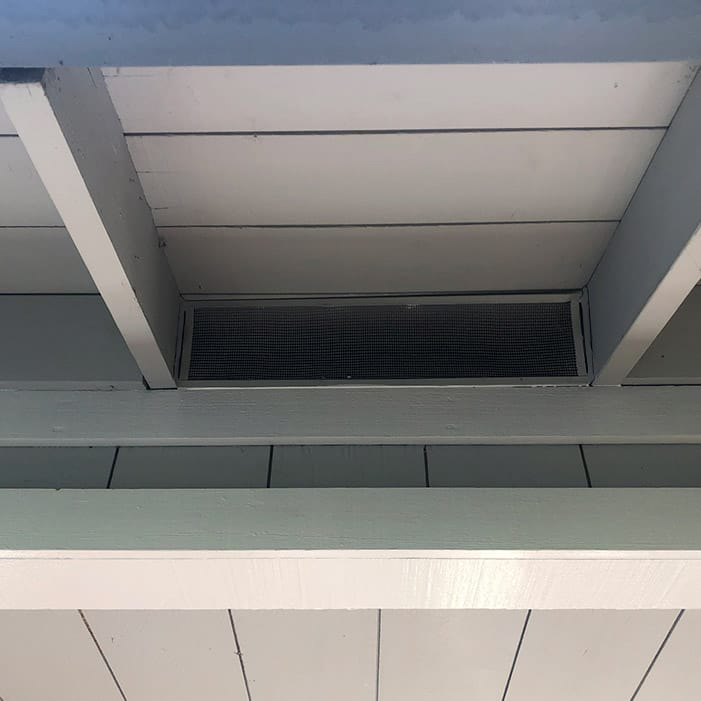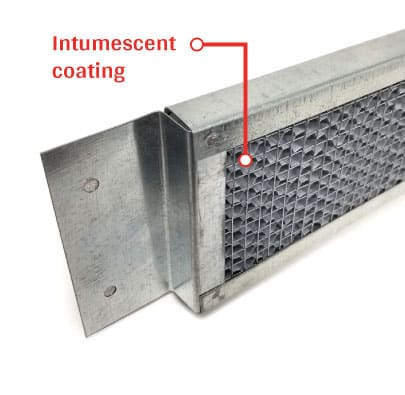Request A FREE ESTIMATE
Call Today (530) 367-7663
Vulcan Fire Safe Eave Vents




Vulcan Eave Vents
Built To Protect
Eave vents are meant to provide airflow into the attic space underneath the roof. To effectively cool the attic, outside air must provide proper circulation. In the evening, when excess heat is stored up inside the attics insulation, its critical to quickly release that heat for the night to consequently save on cooling and venting costs. For more information, Download the Vulcan Catalog.
Eave vents come in multiple styles to fit any home, including:
Tabbed (winged) eaves for trusses and rafters
Round eave vents (bird hole vents)
Eave/soffit vents for S (stucco) installation
Eave/soffit vents for FC (fiber cement) installation
Eave/soffit vents for FF (flange face, wood) installation
Eave/soffit vents for FB (foam back) installation
Under-eave vents available for new construction and in retrofit kits to install on existing vents.
Vulcan Vent Features & Benefits

Honeycomb matrix closing technology with ember-catching screen mesh built into galvanized steel frame
Net free vent area (96 sq. in) providing open soffit ventilation

Designed to meet the new California Building code State Fire Marshal (OSFM) 12 Chapter 7A of the California Wildland-Urban Interface (WUI) fire code program

Passed the American Society for Testing and Materials (ASTM) E2886 to effectively block ember entry
Fire safety starts with Vulcan Vents.
Our noncombustible, corrosion-resistant eave vents are equipped with an ember-catching wire mesh screen complete with an intumescent coating that self-closes at very high temperatures when wildfire is near.
Vulcan Vents do not use airflow-interrupting baffles, resulting in more venting per square inch for the net free area.
The core of our fire and ember-resistant vents are manufactured out of corrosion-resistant, high-grade aluminum honeycomb complete with an intumescent coating made by Firefree Coatings. The hexagonal intumescent coating is designed to quickly swell up and close off when exposed to high heat. The expanded material acts as an insulator to heat, fire, and embers.

